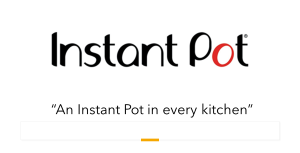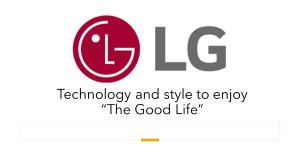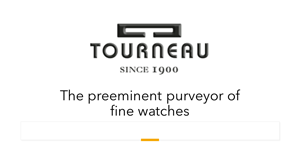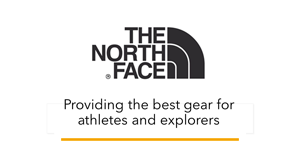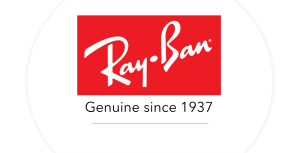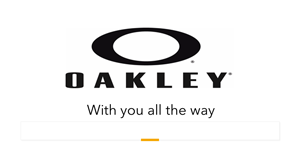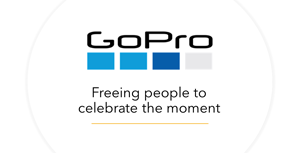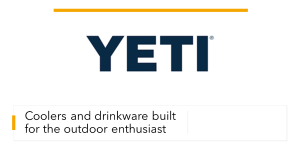News Analysis: It's Time to Apply the Incentive Research
- What Has The Research Proven?
- Why is the Science Relevant Now?
- What Are The Key Findings on Program Design?
- What Are The Key Findings on Rewards Selection and Presentation?
- What Is The Return on Investment?
By Mike Donnelly and Bruce Bolger
Over the last decade, an unprecedented amount of research has been produced proving that perhaps the majority of incentive, recognition and loyalty programs fail to live up to best practices. That’s not a problem, but rather an opportunity to profit from this research by designing and implementing programs that drive performance in a more measurable and sustainable way.
 The timing is right, because organizations undoubtedly are focused more than ever on finding ways to maximize relationships with key customers, distribution partners, employees and everyone who can contribute to success.
The timing is right, because organizations undoubtedly are focused more than ever on finding ways to maximize relationships with key customers, distribution partners, employees and everyone who can contribute to success.- Organizations that use properly designed incentive, recognition and loyalty programs do better than their competitors; those that reward people who would have performed anyway have no impact on the people who can make a difference, or worse yet, do damage in terms of fostering bad behaviors.
- Rewards and recognition generate the best results when they are selected and presented in a highly personal way to maximize the experience and buzz among the organizational community and significant others.
For a compilation of industry research, click here. In addition, go the Incentive Research Foundation at TheIRF.org; the Incentive Federation at IncentiveFederator.org; WorldatWork.org; and IncentiveMarketing.org.
Hinda sees a lot of programs. As one of the leading national fulfillment companies in the rewards space, selling through over 100 solution providers in the market, and which has among the most advanced customization and personalization capabilities, Hinda is in a position to know that many organizations still do not recognize the critical importance of effective program design or how to maximize the reward experience. Because the field is not taught in schools or even barely covered in the business media (except when poor program design creates bad behavior – e.g., Wells Fargo), business management can be forgiven for overlooking critical research that demonstrates how they can achieve far greater results and return on investment through better design and implementation.
With more organizations benefiting from analytics demonstrating the return on investment of engagement comes the opportunity to apply more scientific processes to incentive, recognition and loyalty programs as well.
- Success requires more than quick fix, “do this, get that” campaigns. People are more complex than that, and carrots alone can encourage unsustainable or bad behaviors.
- It is critical to engage the middle 60% of performers by combining an open-ended approach that encourages everyone to improve, as well as the top 20% who generally perform anyway.
- Performance measures should include both outcomes (i.e., the desired result) and the behaviors that contribute to those results, so that people focus on the actions which, if performed more frequently or better, will yield the desired results. Focusing only on results can foster bad behaviors.
- Carrots are not enough to foster sustainable performance. People need to be informed about how they can contribute to success and have the skills to do what is asked of them.
- Whatever is learned from the results of an engagement process needs to be fed back to the front-line people who can use that information to improve performance in the future.
- What is the return on investment? What was the value of the enhanced performance to the organization, and which elements of the process fostered the most participation?
- The opportunity is to address both intrinsic and extrinsic motivation – in other words, to appeal both to non-material and material needs that foster both inspiration and material satisfaction.
- Selection of rewards that demonstrate a personal understanding of the individual or team in the same way as would an important gift to a loved one.
- Presentation of rewards consistent with the accomplishment, the recipient’s comfort level with public recognition, and in a way that expresses appreciation commensurate with the accomplishment.
- Delivery of rewards in a way that maximizes the experience either in the home, the office, or at an event in a way that creates excitement with significant others and colleagues alike.
Properly designed programs look at both the results, the actions promoted in the process and, if possible, put a dollar value to behaviors. What is it worth to an organization to have employees fully aware of what’s expected of them as demonstrated in tests or surveys? What is it worth to an organization to have employees focusing on those actions deemed necessary for success, or making useful suggestions or collaborating better with colleagues? If an organization can determine a value of points to assign to an action or result, there must be a way to determine the value of that action or result to the organization as well.
Now that organizations have begun to wake up to the economics of engagement and the benefit of applying more formal processes, the understanding and respect for the role of rewards and recognition will grow accordingly. It’s important for everyone in the field to take advantage of this research to educate organizations on the creativity and complexity involved with engaging people to perform.
Mike Donnelly is President of Hinda Incentives and before that the President of Maritz Motivation. Bruce Bolger is President of the Enterprise Engagement Alliance.
Sponsored by:
Michael Beaton








